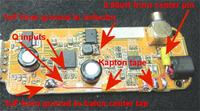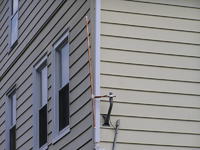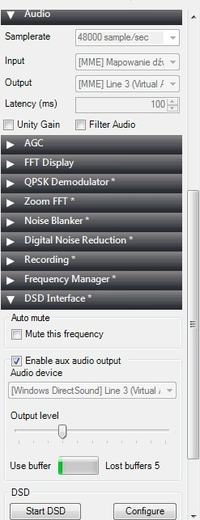Tomek... wrote:Well, you can see what it is like. I took up the subject of SDR 2 weeks ago, I want to finally listen to the 80m band after 16 years of break. For now, 2m and the vicinity can be heard and it would be useful to go lower, and because I wanted to have something in one box, I'm looking for something interesting for reasonable money. For now I have LV5TDLX working with different antennas and it's pretty cool, we'll see what happens next.
However, I am in favor of not having everything in one box. I think then you have more control and possibilities over the equipment. Besides, I am of the opinion that if something is good for everything, it is usually good for nothing. If you buy a regular, cheapest tuner based on the above-mentioned chips and then buy a few different upconverters, then it will be enough to start with. You will see for yourself how different each structure works. In addition, you also deepen your knowledge then. That is why I think that when buying ready-made constructions, I think that we limit ourselves in some way. For example, when I bought one of the upconverters, I even got a schematic in case of modification





